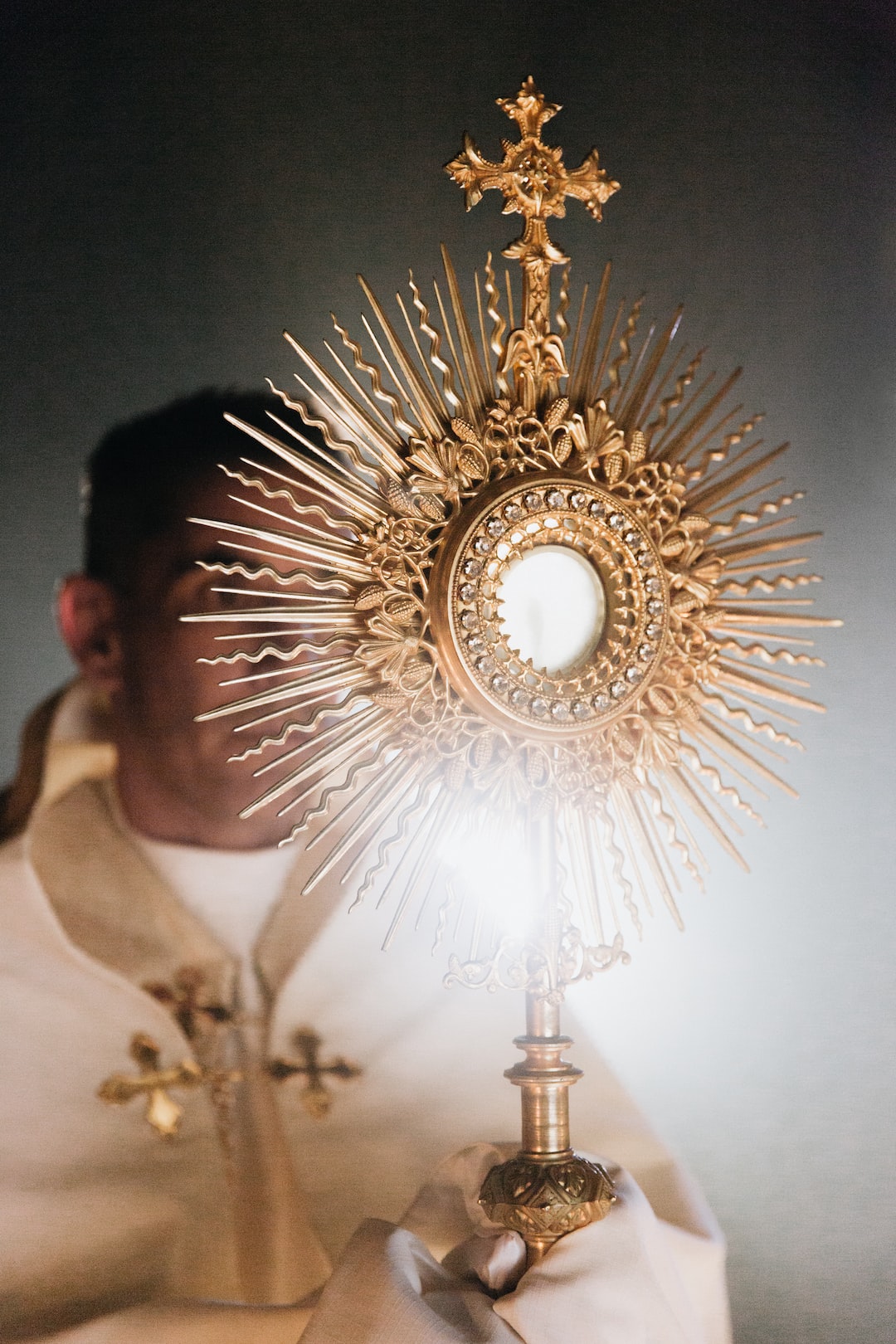Exploring the Origins and Symbolism of Hinduism’s Sacred Om Symbol
Hinduism, one of the oldest religions in the world, is rich in symbols and mythology. Among the many revered symbols in Hinduism, the Om symbol holds a special place. Representing the essence of the universe, the Om symbol continues to captivate both devout followers and curious individuals alike. In this blog post, we will dive deep into the origins and symbolism of this sacred symbol.
Originating in ancient Indian scriptures, the Om symbol is comprised of three Sanskrit letters – A, U, and M – that collectively create a powerful sound when pronounced. The precise origin of the Om symbol is steeped in mystery, as it predates recorded history. However, it is believed to have first appeared in the Upanishads, sacred texts dating back over 3,000 years.
The Om symbol holds deep significance in Hinduism and is considered the primordial sound of the universe. According to Hindu philosophy, the universe was created by the sound of Om. It encapsulates everything – the past, the present, and the future. The sound of Om is said to represent the original vibration that brought the world into existence. Hindus believe that by uttering and meditating on this sacred sound, one can connect with the divine and unleash inner peace.
Symbolically, the Om symbol can be divided into three parts. The bottom curve represents the waking state, symbolizing the conscious mind and physical world. The middle curve represents the dream state, representing the subconscious mind and the world of dreams, where ideas and creativity are born. The top curve represents the state of deep sleep, signifying the unconscious mind and the tranquility that lies within.
Further, the Om symbol consists of a dot and three curves. The dot signifies Brahman, the ultimate reality or divine consciousness. It represents the unmanifested and the unborn, which is the source of all creation. The three curves surrounding the dot depict various aspects of existence. They symbolize Brahma, the creator, Vishnu, the preserver, and Shiva, the destroyer. These three deities are an integral part of Hindu cosmology, representing the cyclical nature of life, creation, and destruction.
Beyond its inherent symbolism, the Om symbol is also visually appealing. Its elegant shape and flowing curves make it a popular choice for art and jewelry. Many Hindus wear the Om symbol as a pendant or incorporate it into their tattoos as a constant reminder of their faith and spiritual journey.
Moreover, the Om symbol transcends religious boundaries and has gained recognition and acceptance beyond Hinduism. Its profound meanings and universal appeal have led people from various backgrounds to resonate with it. Yoga practitioners around the world often chant Om during their practice as a way to align their mind, body, and spirit.
In conclusion, the Om symbol is much more than just a visual representation or a sound. It embodies the metaphysical concepts of the universe’s creation, preservation, and destruction. Its deep roots in Hindu philosophy and its widespread recognition make it a powerful symbol resonating with people from diverse cultural and religious backgrounds. Whether seen as a sacred chant or as a piece of art, the Om symbol continues to inspire and connect individuals to their spiritual selves, fostering a sense of unity in the diversity of human existence.
